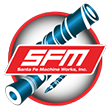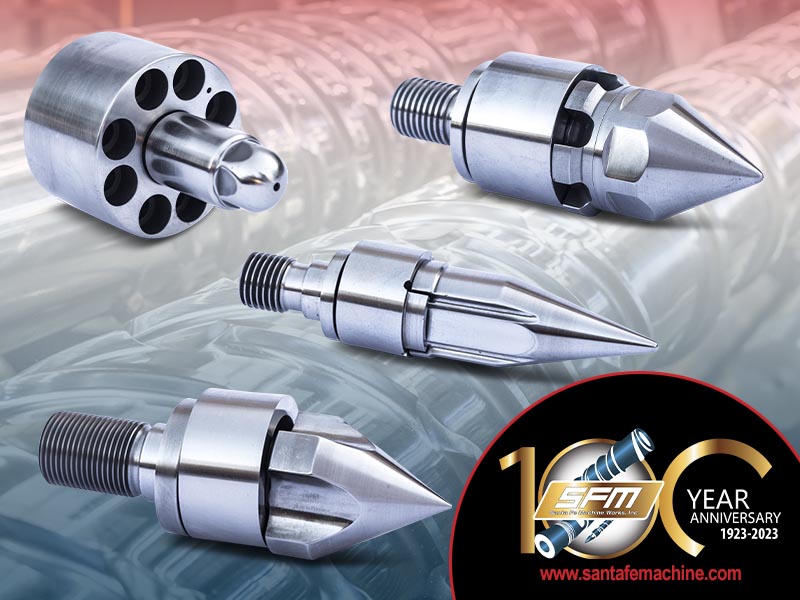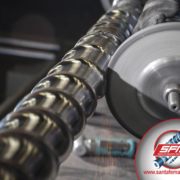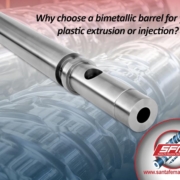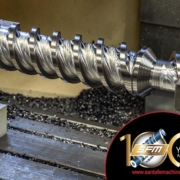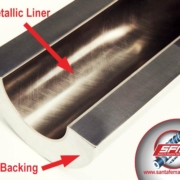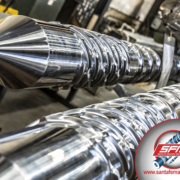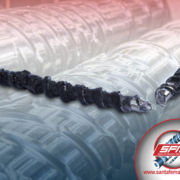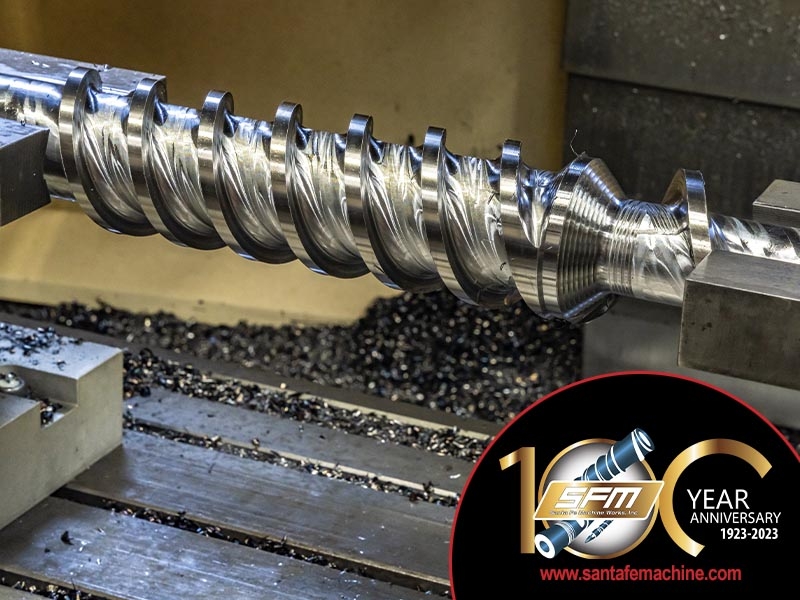How do injection screw valves affect your machine’s performance?
An injection screw valve is used in injection molding machines to control the flow of plastic material from the hopper into the mold. The valve on the end of a screw rotates within the barrel, which moves the plastic material forward. An electric motor typically drives the screw and can be adjusted to control the flow rate of the material, as well as the pressure at which it is injected into the mold. Injection screw valves are used in a wide range of industries, including automotive, consumer goods, and medical device manufacturing, to produce a wide variety of products, such as toys, household appliances, and medical equipment.
Injection screw valves can affect a machine’s performance in several ways. For example, if the valve style (locking, ball, free-flow, high-flow, low shear, or short stroke) is not correctly matched to the material, it can cause variations in the material flow rate, leading to inconsistencies in the finished product. Additionally, if the valve becomes worn or damaged, it can cause leaks, leading to decreased efficiency and increased downtime for maintenance. Properly maintaining your injection screw valve can help ensure optimal machine performance.
Proper maintenance
Proper maintenance of an injection screw valve is vital to ensure optimal machine performance. Some of the steps for properly maintaining your injection screw valve include (but are not limited to):
- Inspection: The valve should be inspected regularly for signs of wear or damage, such as seal face wear, check ring OD wear, or cracks in any of those components. Any issues should be addressed promptly to prevent further damage.
- Regular cleaning: The valve should be cleaned regularly to remove any build-up of material or debris, which can cause leaks or variations in the material flow rate.
- Calibration: The valve should be calibrated regularly to ensure the material is injected at the correct shot size and consistency in the finished product.
- Replacing worn-out parts: The valve should be checked for any worn-out partsthat can cause leaks or inefficiency; these should be replaced when necessary.
Proper adjustments
Properly adjusting the injection screw valve involves several steps, including (but not limited to):
- Setting the correct opening position: The opening position of the valve should be set so that only the desired amount of material is being injected into the mold. This can be done by adjusting the stroke length.
- Checking for leaks: The valve should be checked for leaks, which can be caused by worn or damaged seal faces. Leaks can lead to decreased shot-to-shot efficiency and increased scrap rates.
- Adjusting the back pressure: The back pressure should be adjusted to ensure that the material is flowing at the correct rate. This can be done by adjusting the spring force or the pressure setting on the machine.
- Monitoring the machine performance after adjustments have been made: The machine’s performance should be closely monitored to ensure that the adjustments have the desired effect and that the finished product is consistent.
It is essential to follow your machine’s manual for specific instructions on maintenance and adjustments for your injection screw valve. Always consult the manufacturer or a professional if you are unsure how to proceed. It is best to have a professional perform any necessary adjustments or replacements to ensure optimal performance.
How can we help you?
The doors have been open at Santa Fe Machine Works, Inc. since 1923, and for the past 45 years, we have been dedicated solely to manufacturing and supplying new & rebuilt injection & extrusion screws, barrels & valves to the plastics industry. We also offer custom-tailored screw, barrel, and valve combinations, allowing our customer’s production goals to be met in the best, fastest, and most cost-effective ways possible. Our employees have over 200 years of combined experience in the plastics industry and are eager to support your specific extrusion or injection needs. Have a question, need assistance, or looking for a quote? Contact us today!
